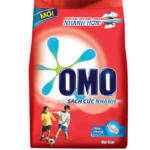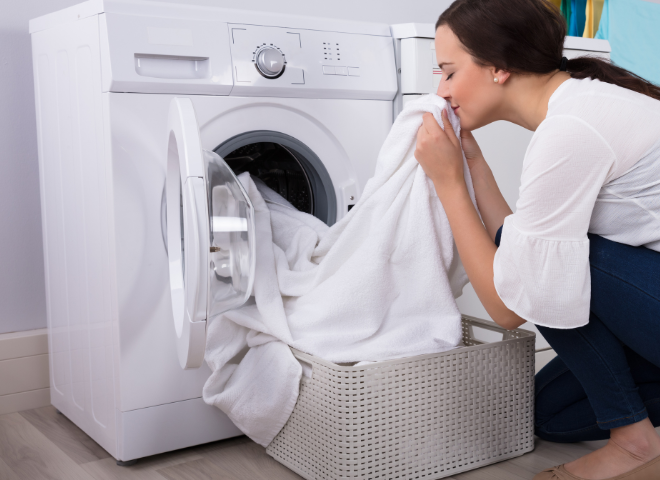
Clothes dryers are a godsend when it comes to laundry, especially for those conscious about dermatological health.
For many, the laundry process can be cumbersome. After washing, clothes need to be shaken out and hung out to dry in the yard or on the balcony. On sunny days, this task is much lighter and smoother. However, when the weather is unpredictable or during the rainy season, drying clothes can be a challenge as UV rays may not be sufficient to kill mold and bacteria. This is especially true for working women who are not often at home; an unexpected shower can ruin their laundry. Therefore, investing in a clothes dryer for the family is essential.
Currently, there are three types of clothes dryers on the market that cater to different needs and preferences. Understanding their mechanisms can help individuals, especially women, make informed choices that align with their families’ requirements.
Vent Dryers
Vent dryers utilize heat technology, with a fan blowing hot air into the drying chamber to dry clothes by evaporating water.
However, installing a vent dryer requires a bulky exhaust pipe that takes up space. This pipe releases hot, moisture-laden air, so it’s crucial to place the dryer in a spacious and well-ventilated area to ensure safe operation.
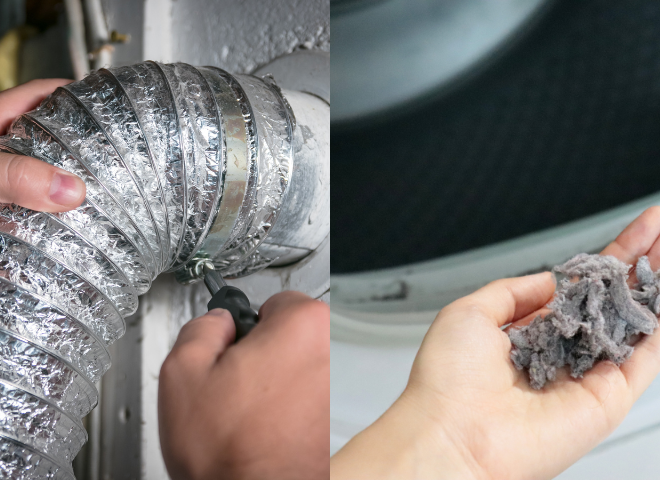
Vent dryers require exhaust pipe installation and can accumulate dust over time.
Additionally, the exhaust air may carry fabric dust and attract external dust, necessitating regular cleaning to prevent blockages and potential fire hazards. It is crucial to keep children away from the exhaust pipe as the hot air can pose health risks.
Vent dryers are the most affordable option currently available and are known for their energy efficiency. Thus, they are an excellent choice for small families or those with limited budgets.
Condenser Dryers
Unlike vent dryers, condenser dryers eliminate the need for an exhaust pipe. They still use hot air technology, but the difference lies in how they handle moisture. Instead of venting it out, condenser dryers direct the moist air from the clothes into a separate chamber, where it condenses into water. You can then empty and clean this chamber as needed.
Due to their compact size and lack of external pipes, condenser dryers are ideal for small homes or those with limited space. They can be placed almost anywhere and offer flexibility. Additionally, as they have a separate water container and a closed-loop drying system, they are safer for children and pets.
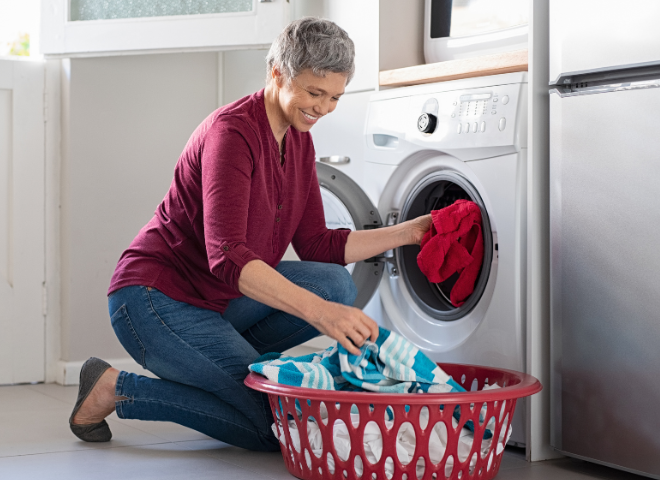
Condenser dryers feature a sleek design, allowing easy placement and access to dried clothes.
It’s important to note that condenser dryers are more expensive due to their upgraded, space-saving design. During their lifespan, you may incur higher costs for replacement parts and repairs.
Heat Pump Dryers
Unlike the previous two types of dryers that use electric heating elements, heat pump dryers, also known as Heat Pump dryers, utilize gas in a high-pressure environment to generate hot air. These dryers are equipped with an internal compressor, consisting of four main components: a heat pump, a hot coil, an expansion valve, a cold coil, and control programming, along with auxiliary components for optimal performance.
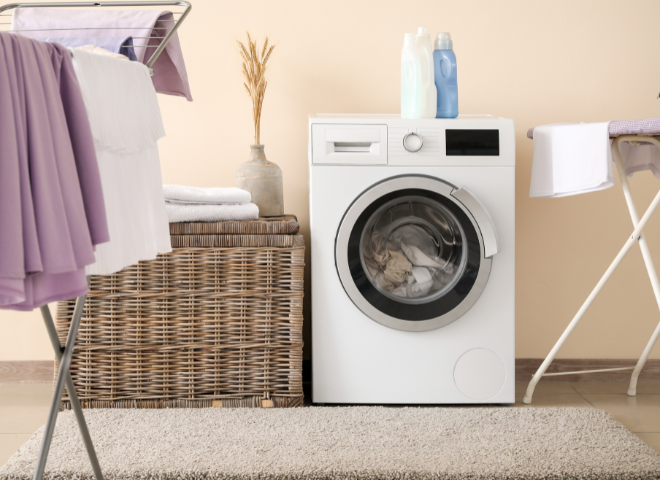
Heat Pump dryers are energy-efficient but come with a higher price tag and increased weight compared to traditional models.
Heat pump dryers also boast a compact design, eliminating the need for external pipes thanks to their built-in condensation water box. One of their standout features is a sensor system that adjusts the temperature according to the amount of clothing in the drum, ensuring fabric protection, color preservation, and disinfection. Moreover, their intelligent and enclosed drying process contributes to energy efficiency.
Given their advanced technology, heat pump dryers are more expensive than their traditional counterparts. The drying time may be longer as the machine optimizes temperature and rotation for the garments inside. Additionally, their design incorporates most components internally, resulting in a heavier machine that cannot be stacked on top of a washing machine.
The Art of Hand-Washing Clothes: A Guide to Clean, Quick, and Soft Laundry
Laundry may seem like a simple task, but there’s a real art to hand-washing your clothes. It’s all about taking the time to ensure your garments are thoroughly cleaned, colors are preserved, and fabrics remain intact. Discover the ultimate guide to mastering the art of laundry and become a pro at keeping your clothes looking their best.
9 Foolproof Ways to Wash Your Activewear Without Fear of Fading or Losing Shape
Introducing the ultimate guide to sportswear laundry care: bid farewell to fading colors and misshapen garments. Elevate your laundry game and keep your sportswear looking brand-new with our expert tips and tricks. Learn the secrets to maintaining the quality and vibrancy of your activewear, ensuring they last longer and continue to support your fitness journey.



























